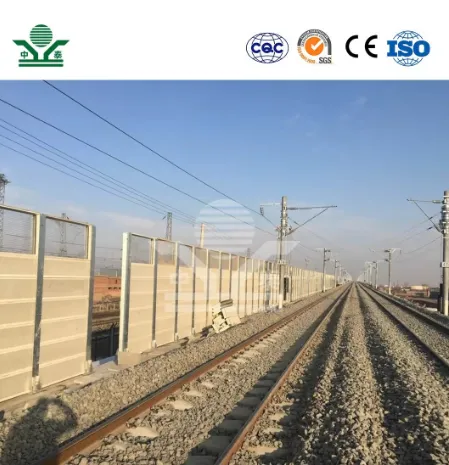Understanding Guardrail Infill Panels Importance and Applications
Guardrail infill panels play a crucial role in enhancing roadway safety across various environments. As essential components of traffic management systems, they are designed to provide an additional layer of protection for both vehicles and pedestrians. This article delves into the significance, design considerations, and applications of guardrail infill panels in today's transportation infrastructure.
What Are Guardrail Infill Panels?
Guardrail infill panels are typically installed between guardrail posts to prevent vehicles from penetrating through the gaps in the rail system. These panels are made from various materials, including steel, aluminum, plastic, or reinforced composites, each selected based on specific performance criteria, maintenance needs, and environmental considerations. The key function of infill panels is to enhance the structural integrity of a guardrail system while also reducing the likelihood of serious injury during vehicular accidents.
Importance of Guardrail Infill Panels
1. Safety Enhancement The primary purpose of guardrails is to redirect vehicles safely in the event of a collision. However, without infill panels, the risk of vehicles passing through the guardrail system increases significantly. Infill panels create a continuous barrier, reducing the chance of vehicles breaching the guardrail and entering dangerous zones like oncoming traffic, ditches, or pedestrian pathways.
2. Debris Control Infill panels also help contain debris during an accident. Without a proper barrier, debris from a vehicle collision can scatter dangerously across the road, posing further threats to passing cars and pedestrians. Guardrail infill panels mitigate this risk by keeping materials contained within the guardrail structure.
3. Aesthetic Value Beyond safety, infill panels can be designed to fit the aesthetic of the surrounding environment. Various finishes and colors are available to ensure that these safety structures blend in with landscapes, enhancing rather than detracting from the visual appeal of roadways.
Design Considerations
When designing guardrail infill panels, engineers and safety experts must consider several factors, including
- Material Selection The choice of materials affects not only the durability of infill panels but also their weight, maintenance, and cost-effectiveness. Each material has unique benefits and drawbacks in terms of weather resistance, impact strength, and lifespan.
guardrail infill panels

- Height and Thickness The dimensions of infill panels are critical for ensuring that they effectively meet safety standards. Panels must be tall and thick enough to deter vehicles while remaining compliant with local regulations.
- Environmental Impact Infill panels should be designed considering the environmental factors of the roadway location. For instance, materials used should be resistant to corrosion in coastal areas or withstand extreme temperatures in northern climates.
Applications of Guardrail Infill Panels
Guardrail infill panels are implemented in various settings
- Highways and Freeways Infill panels are ubiquitous in high-speed traffic conditions where the risk of severe accidents is elevated.
- Urban Areas Infill panels help protect pedestrians in urban settings where roadways are in close proximity to sidewalks and public areas.
- Construction Zones During construction activities, infill panels can provide temporary barriers to protect workers and pedestrians from hazards.
- Bridges and Elevated Structures The unique design of guardrail infill panels is especially crucial on bridges and elevated roadways, which require robust safety measures to prevent vehicles from falling off edges.
Conclusion
Guardrail infill panels are vital components of modern traffic safety systems. They not only enhance the effectiveness of guardrails in protecting vehicles and pedestrians but also provide aesthetic coherence to roadway structures. As traffic management continues to evolve, the development and implementation of innovative guardrail infill solutions will play an essential role in ensuring safer transit environments for all road users. By collaborating with engineers and safety advocates, communities can implement infill panels that strike a balance between safety, functionality, and visual appeal, ultimately contributing to the overall well-being of society.
-
Why Galvanized Trench Cover Steel Grating Resists Corrosion
NewsJul.10,2025
-
The Versatility and Strength of Stainless Expanded Metal Mesh
NewsJul.10,2025
-
Load Calculations in Steel Grating Platforms
NewsJul.10,2025
-
Keeping Pets and Kids Safe with Chicken Wire Deck Railing
NewsJul.10,2025
-
Hole Diameter and Pitch for Round Perforated Metal Sheets
NewsJul.10,2025
-
Aluminium Diamond Mesh in Modern Architecture
NewsJul.10,2025
Subscribe now!
Stay up to date with the latest on Fry Steeland industry news.

